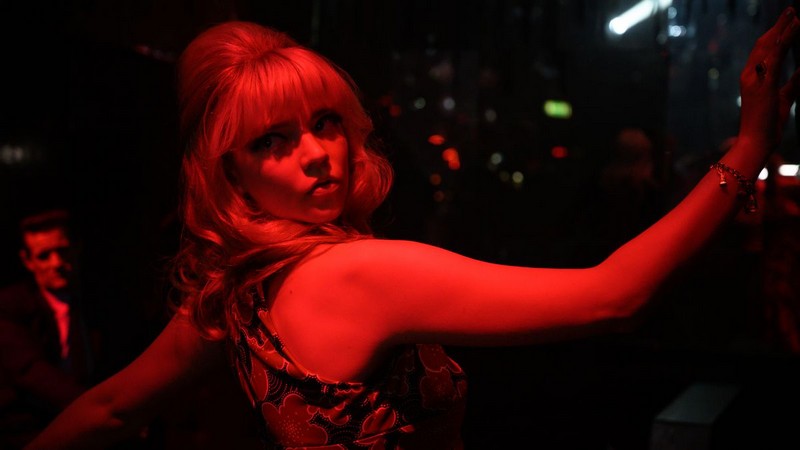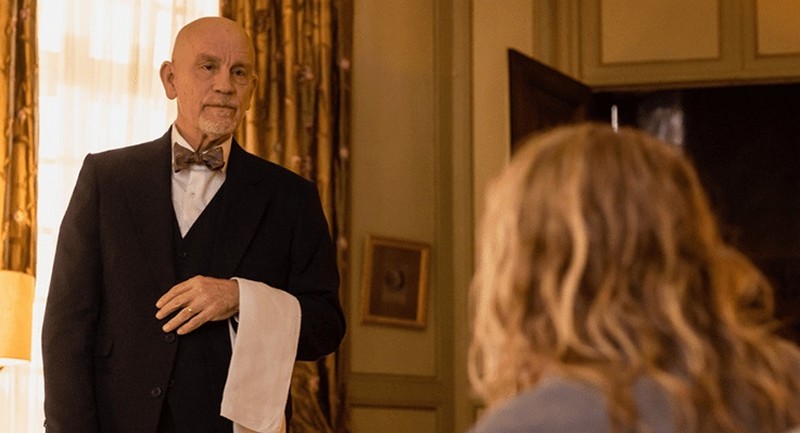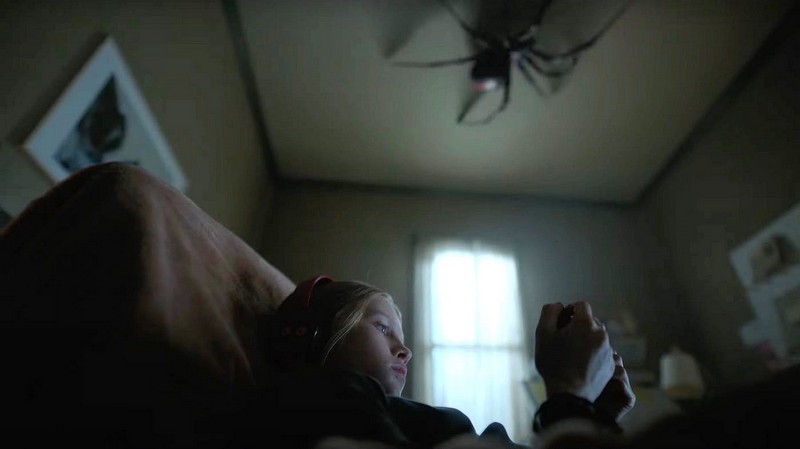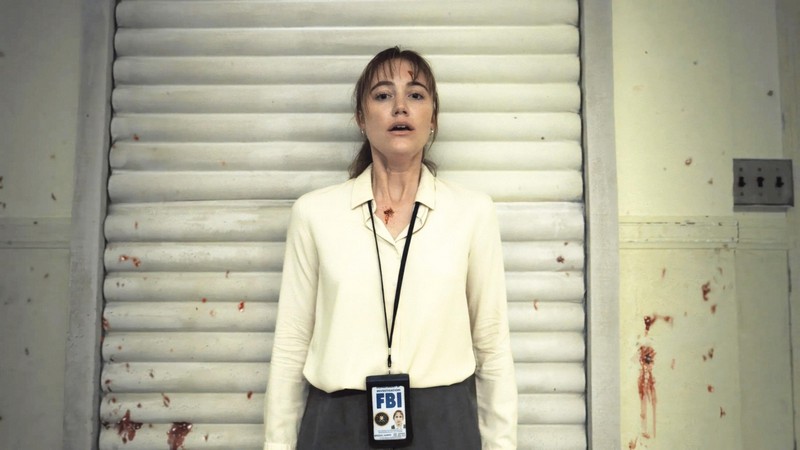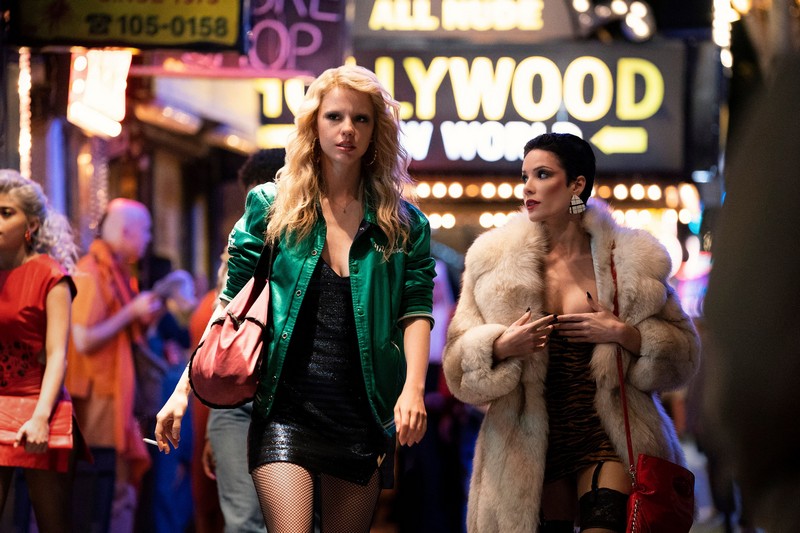Genre-bender Edgar Wright goes fully belter in his new film, Last Night in Soho. While it’s most recognisably a horror (specifically giallo, the bloody Italian inspired sub-genre) movie, Wright also dabbles in romance, mystery and musicals along the way. And although the film bursts with ideas, they clash to the extent it all becomes a bit muddled by the end.
Wright is, of course, best known for his Shaun of the Dead series, and the more recent Baby Driver. Like Baby Driver, Last Night in Soho features a hit-filled soundtrack, this one mired in the sounds of the 1960s. But the songs are sometimes used in very obvious – and pretty cheap – ways. And the film seems to hypocritically warn against rose-tinted nostalgia, while at the same time embracing it in the music.

Eloise (Thomasin McKenzie) is an aspiring fashion designer living in rural Devon with her grandmother Peggy (Rita Tushingham). Her mother (Amieé Cassettari) passed away when she was young, and Eloise still sometimes sees visions of her. Now Eloise’s ambitions are about to be fulfilled as she’s accepted to study fashion at University College London. She packs her bags and heads to the big city. But Eloise soon discovers city life in student accommodation is pretty trying, even though she strikes up a friendship with John (Michael Ajao). She decides to leave the dorm and rent a room in a house owned by Ms Collins (Diana Rigg) in nearby Fitzrovia. Apart from the neon light from the bistro downstairs, it seems to be ideal.
But on her first night there, she experiences a vivid dream about an aspiring singer named Sandy (Anya Taylor-Joy). It’s the 1960s, and Sandy meets the rakish Jack (Matt Smith) who promises her stardom. But his promises soon prove empty. Eloise’s dreams continue over several nights, and she gradually becomes more and more enmeshed in Sandy’s story. It gets to the point where the line between the two women becomes blurred. And the line between dreams and reality becomes even more blurred. And what of the slimy old man (Terence Stamp) who seems to be following her? Could he hold the key to the mystery?
Wright really swings for the fences on this one, but doesn’t really connect. Although his technical mastery is on full display, the script by Wright and Krysty Wilson-Cairns (1917) spirals out of control. The climactic scene is predictably over-the-top, but it makes very little sense. Worse, it undercuts a narrative Wright sought to establish earlier in the film. I found the pacing a bit erratic, and some of the characters are under-written. The sub-plot involving Terence Stamp’s character seems largely redundant; while the film is mostly lacking in Wright’s trademark humour.
But the film also contains many pleasures, including a dazzling dance number featuring Eloise, Sandy and Jack. Wright’s re-creation of the swinging London scene of the ’60s – from the fashion, to the cars to the decor – seems impeccable. Marcus Rowland (Rocketman) also brings some fabulous giallo touches to the production design. And I did not see the twist coming – always a big plus for a thriller.
Thomasin McKenzie (Jojo Rabbit) does a good job of just about holding the movie together as Eloise, though the rather mousy character gets overshadowed. Veterans Terence Stamp and Diana Rigg are predictably excellent in smaller roles. Matt Smith is a world away from Dr Who as the smarmy Jack, while Michael Ajao (Attack the Block) is likeable but under-served as John. Anya Taylor-Joy (The Queen’s Gambit) however outshines everyone in a powerhouse performance as Sandy.
Although I was in the corner for Last Night in Soho for much of its run time, it lost me by the end. Wright’s visual brilliance can only go so far faced with some major third-act problems. It rather suffers in comparison to the classics of giallo (like the original and re-make of Suspiria). Still, if your taste runs to full-on banana-pants craziness, you’ll probably enjoy it immensely.
David Edwards
Other reviews you might enjoy:

David Edwards is the editor of The Blurb and a contributor on film and television

